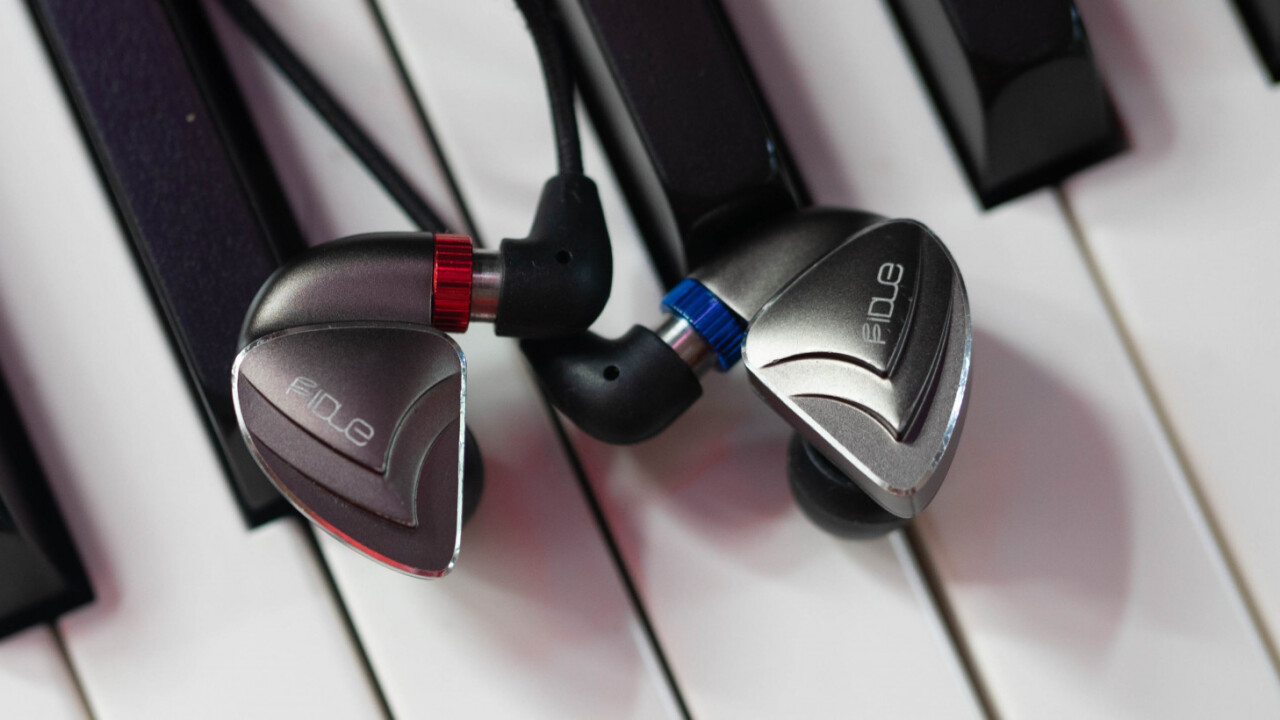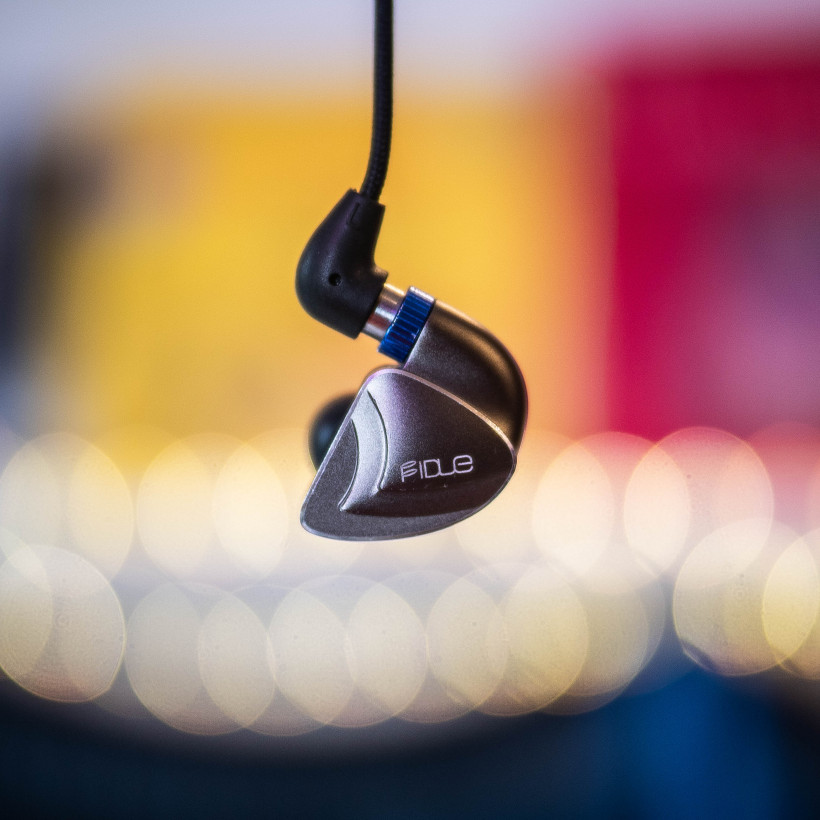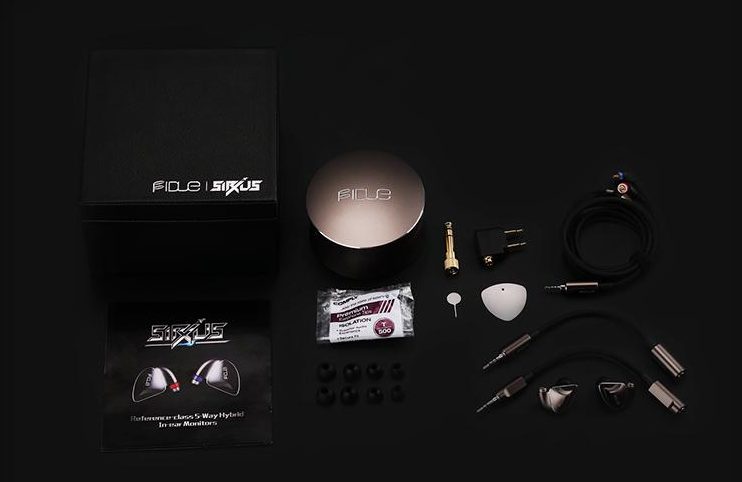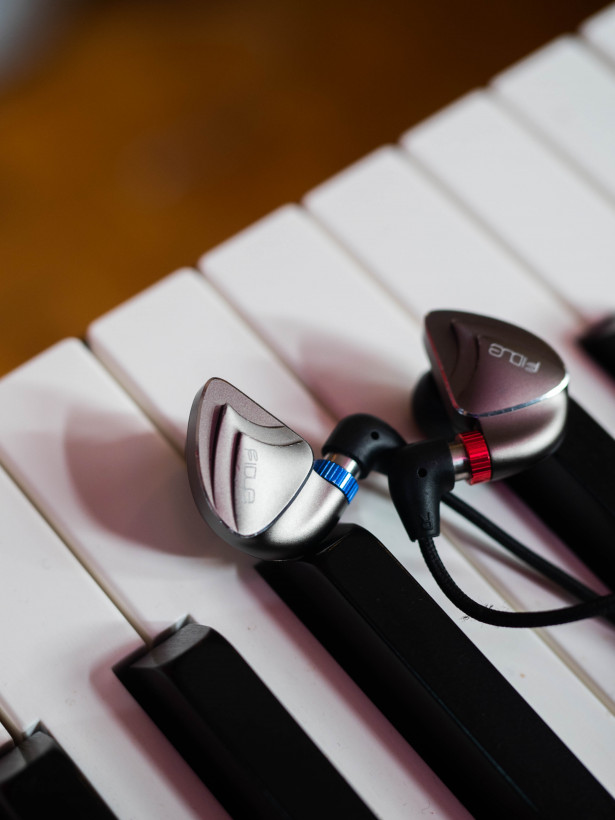
- Product
- Sirius A91
- Price
- $899
Do you need to spend $900 for good earbuds? No. But spend a few minutes listening to the Fidue Sirius A91, and you might want to.
I had to get the price out of the way. Not many people are willing to drop that amount of dough on full-size headphones, let alone earbuds – or more precisely, IEMs or in-ear monitors. But the Fidue Sirius is aimed strictly at the audiophile crowd – people who might be willing to spend hundreds or thousands of dollars on gear, the way others might shell out more cash for a luxury watch or car.
The Sirius come packaged like a premium product, including a small metal case with several ear tips, cable options, and cleaning tools. The IEMs themselves have angular metal housings that are more comfortable than they look – although you might be wary of the sharp edges if you have small ears.

With my medium-sized ears, I had no trouble wearing them for several hours. Isolation is a little above average for IEMs – better than you’ll get with most full-size headphones, but a small bass vent means they don’t quite reach the level of the best IEMs or noise-canceling headphones.
It’s worth noting the Sirius comes with the meatiest cable I’ve ever seen on an IEM. This is good and bad. While it likely bodes well for durability, I’m dubious such a thick cable is necessary to achieve peak sound quality, and it feels a bit odd to walk around with such bulky cables emerging from earbuds.
In any case, the cables use detachable MMCX connectors, and much of its intended audience will likely end up replacing the cables anyway. One nice touch: The included cables can be screwed into the earbuds, preventing accidental disconnection.
Another nice touch, Fidue gives you both an audiophile-friendly 2.5mm ‘balanced’ connection and a standard 3.5mm adapter. If you have a compatible device, the former theoretically sounds better, though I can’t say I noticed a particular difference with my RadSone ES100.

Now for the critical part: The Fidue Sirius sound, ahem, stellar. When I first tested the Sirius, it had been a long time since I’d heard many high-end IEMs – I had more expertise with full-size headphones at this price range. But I’m glad my ears were a little bit out of practice, because listening to the Sirius was a feast of glorious sound.
The Fidue Sirius combines four balanced armatures and one dynamic driver for a sound that exhibits both plenty of detail and bass impact.
The low end is mighty. The Sirius has a fairly linear bass presentation, meaning that no part of the low frequencies really overwhelms the other. This allows them to reach down deep into sub-bass rumble without losing that mid-bass thump that gives so much music its energy.
The linear quality also means bass doesn’t intrude on the midrange, which is arguably the star of the show here. The Sirius has a pretty forward midrange, making vocals, guitars, and strings stand out in mixes.
There’s a little emphasis on the upper midrange that can make some voices sound a little ‘shouty’ on bad mixes, but for the most part, it just makes your music engaging and transparent.
The treble is good here too. It’s not particularly emphasized, so there’s no risk of the headphones sounding harsh, but those balanced armatures do their job to provide clarity and detail on the upper end. I could do with a little more extension here to add that last bit of shimmer and brilliance, but it should satisfy most folks.
Perhaps the Sirius’ best quality is its massive presentation. It has an almost speaker-like quality that gives music a tactility that’s pretty rare for IEMs. Instrument separation is excellent, as one would hope with five tiny drivers per ear, rarely sounding congested in well-mastered tracks. Point is, it sounds like a much larger pair of headphones.

But back to that price. Since testing the Sirius, I’ve had the chance to test out several other mid-fi/hi-fi IEMs, the Fiio FH5 ($260), RHA CL2 ($899), and Hifiman RE200 ($1,500). My one caveat with the Sirius is I think they’d be more competitive at a lower price: there’s a lot more competition at its price range (and below) than there was when they were released in 2016.
Although I wasn’t able to listen to them side by side – and this is a big caveat, as audio memory is a fickle thing – I believe the Fiio FH5 very comparable the Sirius, at a far more palatable price. The FH5 has a less expansive soundstage but otherwise has a very similar presentation. It also has a similarly premium build and packaging, which throws away any advantage the Sirius might have in the luxury department.
Still, high-end audio isn’t something you get into if you want a precise correlation between price and performance. At this price bracket, once a basic quality threshold has been achieved, choosing headphones is more a matter of tuning preferences than some objective measure of sound quality. The Fidue Sirius remains one of the better headphones I’ve heard at any price point; if you’ve got the wallet and will to spend that much on audio, it’s well worth your consideration.
Get the TNW newsletter
Get the most important tech news in your inbox each week.




